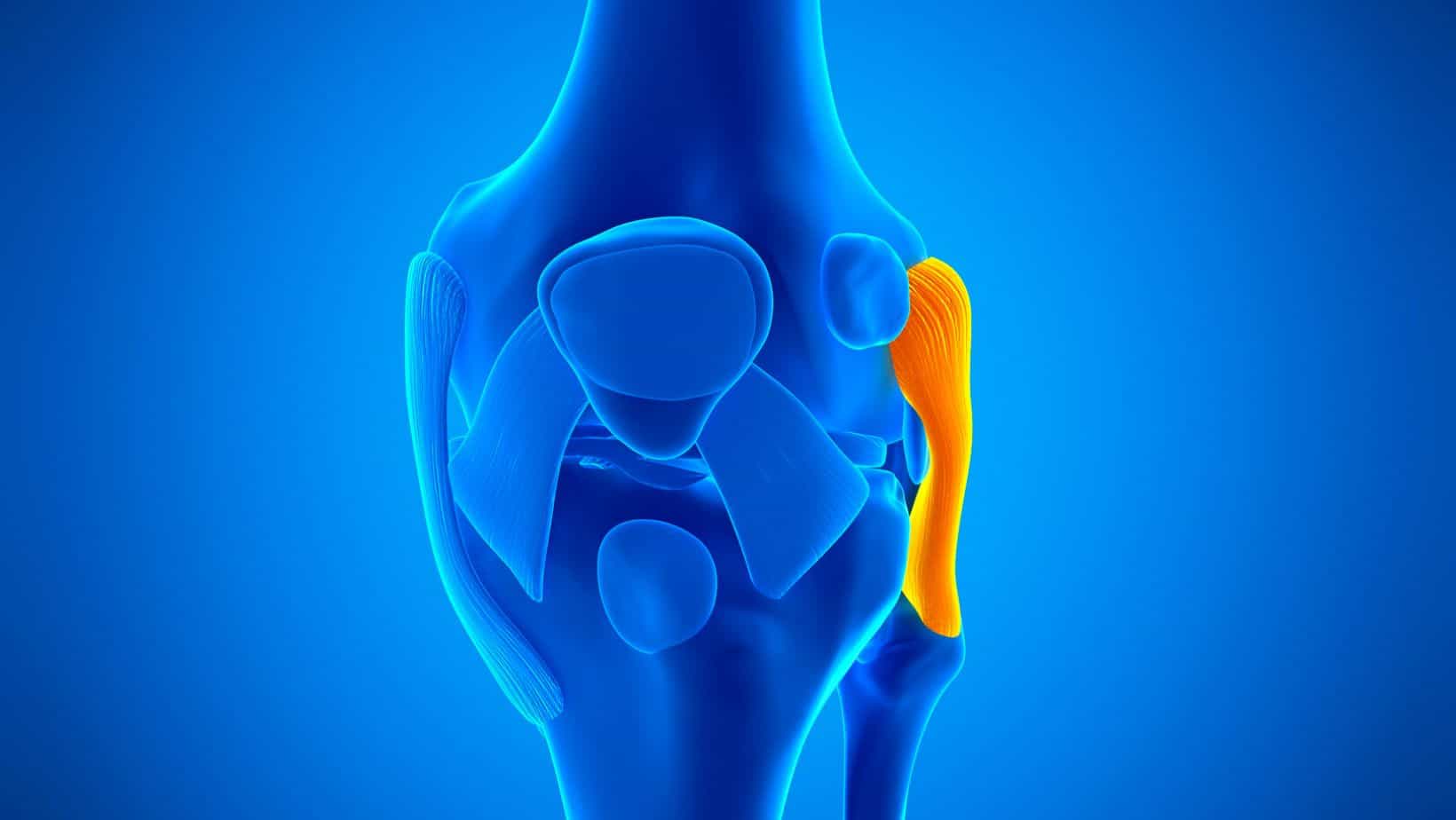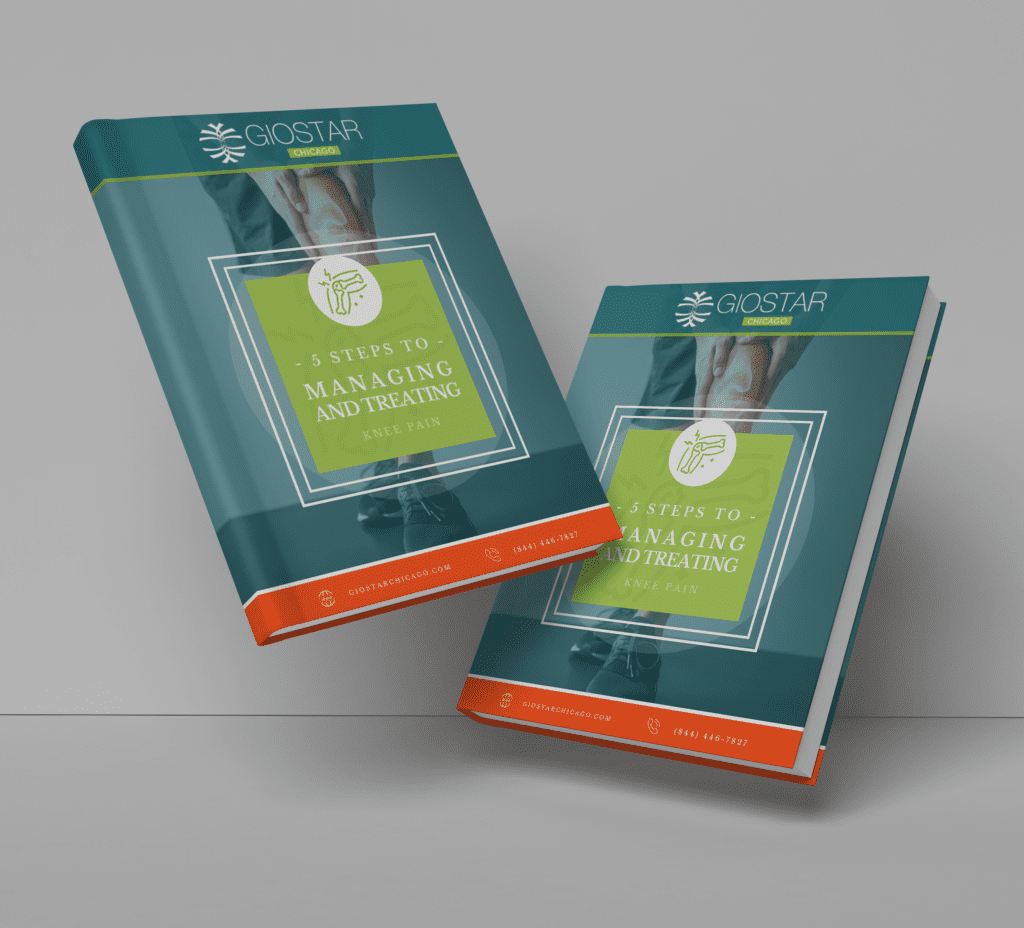Serving as one of the four key ligaments in your knee, the lateral collateral ligament (LCL) occurs on the outer side of your joint, playing a pivotal role in providing stability and balance. If you ever injure this important ligament, LCL tear recovery time will vary based on its severity and related factors.
Like any well-oiled machine, your knee’s intricate design can fall prey to the rigors of physical activity and trauma. An LCL injury typically arises when a force surges through your knee joint from the inside, causing the outside — the territory of the LCL — to bear the brunt of the stress.
This distress signal often originates from rough contact sports, accidental falls, or any sudden knee movement that calls for an abrupt twist or directional shift. The amount of time it takes to recover from such an injury will vary from person to person, but you can help your body heal by opting for regenerative therapies like stem cell therapy.
Get an Appointment
Complete The Form Below And We’ll Get Back To You Immediately.
The Symptoms of LCL Tears
Symptoms of an LCL tear can vary depending on the severity of the injury. However, common signs include:
- Pain and tenderness on the outside of your knee
- Swelling
- Instability or a feeling of your knee giving way
- Difficulty in fully bending or straightening your knee
In severe cases, there may be numbness or weakness in your foot or lower leg due to nerve damage associated with your injury.
How Long it Takes to Heal: LCL Tear Recovery Time
LCL sprain recovery time can significantly vary from person to person, depending largely on the severity of your injury and your overall health and fitness. Recovery time can range from a few weeks to several months.
For some, basic recovery techniques such as the RICE protocol —Rest, Ice, Compression, and Elevation— can help a lot. These techniques work together to minimize swelling, reduce pain, and promote healing. Regular physiotherapy exercises may also be beneficial in strengthening your knee and surrounding muscles and improving flexibility. Your doctor may recommend surgery when your injury is severe (a complete tear), when it doesn’t respond to non-surgical treatments, or when it’s combined with other ligament injuries in your knee. The surgical procedure for LCL tears aims to restore the normal anatomy of your knee and can be performed using different techniques:
However, surgery can be risky, and when traditional recovery techniques don’t yield the desired results, minimally invasive alternative treatments like stem cell therapy are a viable option.
Stem cell therapy can be an effective option to speed up your recovery process and alleviate any lingering symptoms, helping you get back on your feet more quickly.
Sign Up And Enjoy the Free Ebook, '5 Steps To Managing and Treating Your Knee Pain Today!
When patients visit our clinic, our doctors recommend they do all of these things to alleviate their symptoms. Right now, you can download the ebook for free to learn more about how to start changing your habits and improve your condition. It costs nothing, and you’ll get it delivered to your inbox immediately.
Stem Cell Therapy for Chronic Injuries
Stem cell therapy is a revolutionary treatment approach that harnesses your body’s own healing abilities to accelerate recovery and address lingering symptoms. This therapy utilizes the patient’s own stem cells to promote tissue regeneration, reduce inflammation, and improve joint function.
A 2020 review study published in the Journal of the Academy of Medical Sciences examined human clinical studies related to stem cell therapy for tendinopathies and ligament injuries.
The study concluded that the clinical application of stem cells might serve as a beneficial alternative for treating tendon and ligament injuries in athletes since published clinical studies show evidence of improved clinical outcomes and tissue integrity.
LCL tears, ranging from minor to severe, can lead to a significant period of recovery, and in some cases, residual symptoms. Fortunately, innovative treatments like stem cell therapy, supported by emerging research, are revolutionizing the way we approach such injuries.
Take control of your health and speed up your recovery from LCL tears. Contact GIOSTAR Chicago today to learn more about how stem cell therapy can help you return to the activities you love, quicker and stronger than ever before.
Get Stem Cell Therapy for Your LCL Tears with GIOSTAR Chicago Today
GIOSTAR Chicago stands at the forefront of stem cell therapy, offering personalized treatment protocols based on extensive research and clinical experience. Our team of highly skilled medical professionals prioritizes patient safety and strives to provide the highest standard of care. Our state-of-the-art facility is equipped with advanced technology to ensure optimum results for each patient. With GIOSTAR Chicago, you are choosing an innovative approach to health and healing, guided by scientific advancements and tailored to your unique needs.
Contact us today by completing this form or calling us at 844 446 7827 to learn more about our regenerative therapies and how they can help you treat your LCL tear.
About GIOSTAR Chicago:
GIOSTAR Chicago is dedicated to developing the most advanced stem cell-based technologies and providing the best regenerative medicine for people who want to enjoy a healthy and active lifestyle.



